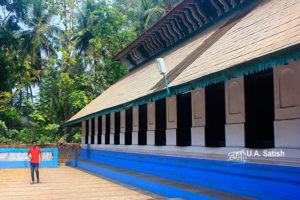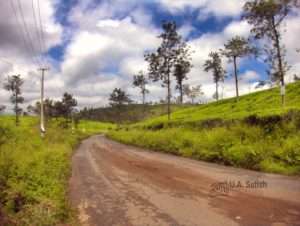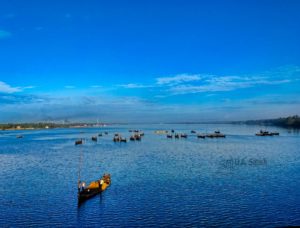
Saint Francis Church Kochi, a landmark of Fort Kochi, is one of the oldest European churches in India. It dates back to the sixteenth century. The body of Vasco da Gama, the Portuguese navigator, had been buried in the church in 1524. Da Gama was a Portuguese explorer and navigator, and the first person to sail directly from Europe to India. His son, Padre da Silva de Gama, took the mortal remains to Lisbon in 1538. The gravestone of Vasco da Gama can still be seen in the church.
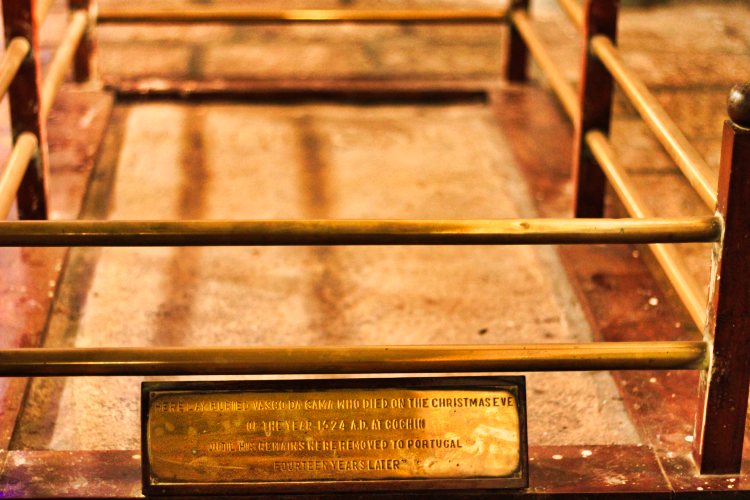
History of Saint Francis Church Kochi
The flooding of Periyar River in fourteenth century turned Kochi into a natural harbour. The harbour was formed in 1341 when a great flood in the Periyar River led to an outlet in the sea. For centuries, Kochi was the battleground of European powers for the mastery of the lucrative trade to the Indian west coast.
Vasco da Gama, landed in Kappad Beach in Calicut, Kerala in 1498. A stone plaque by the roadside in Kappad commemorates the landing of Da Gama. The Portuguese Admiral Pedro Cabral visited Kochi in 1500. He was a Portuguese nobleman, military commander, navigator and explorer and viewed as the European discoverer of Brazil. The Raja of Kochi gave him permission to trade there. This was after he signed a friendship treaty with Portugal. In 1503, the Raja allowed Alphonso de Albuquerque to build a fort at the mouth of the river. He named it Fort Manuel. The neighbourhood goes by the name of Fort Kochi. Albuquerque advanced the three-fold Portuguese grand strategy of combating Islam, spreading Christianity and securing the spice trade by establishing a Portuguese empire in India.
The five friars who accompanied Albuquerque built a wooden church within Fort Manuel and dedicated it to St. Bartholomew. The Franciscans raised the present edifice in the name of St. Anthony in 1516.
In 1530, Saint Francis Xavier reached India and founded a Christian mission. The following Portuguese period was hard for the Jews since Inquisition was put in place in Portuguese India in 1560.
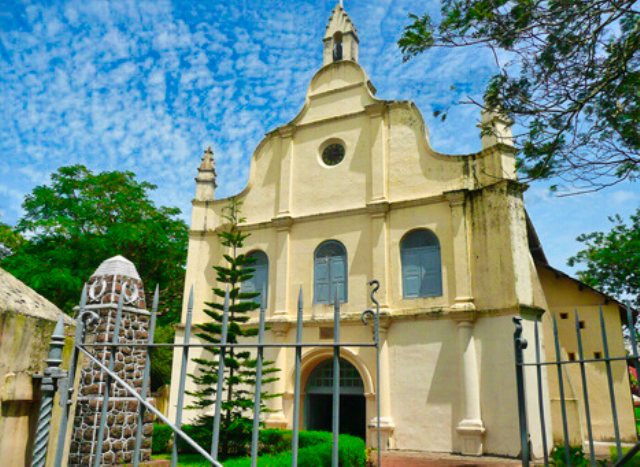
The Dutch made some restoration work on Saint Francis Church Kochi in 1779. The British carried out extensive repairs between 1886-87. Afterwards the locals called it by the name of St Francis.
Architecture
The west-facing church has an impressive design that reflects the Portuguese style of architecture. The church has an arched entrance and windows flanked by stepped pinnacles. The gable front has a bell-turret on top. The pulpit made of wood decorated with carvings is centuries old. There are Dutch and British birth registers in the church. The grave stones of the Portuguese and Dutch are on the northern and southern side walls respectively. Hand-pulled pankahs from the British era are still in use inside. You can see a cenotaph in the middle of the lawn. It was built in 1920 and dedicated to the Kochiites who sacrificed their lives in World War I.
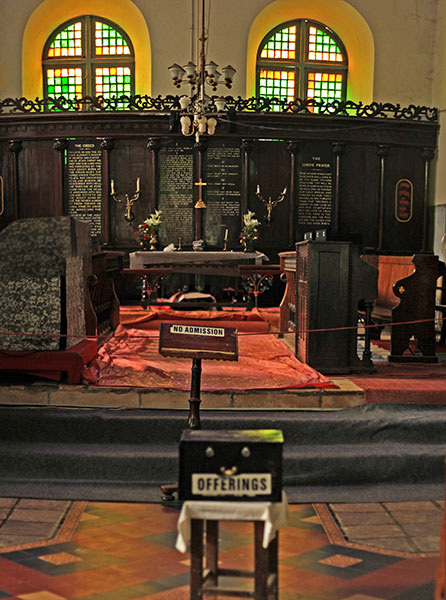
Getting to Saint Francis Church Kochi
Fort Kochi is 20 minutes by ferry from Ernakulam main boat jetty. The route is scenic, passing Willingdon Island and Kochi Harbour along the way. Willingdon Island is the largest artificial island in India and forms a part of the city of Kochi. Ernakulam to Fort Kochi by road is 13 km and takes about 35 minutes without traffic. Saint Francis Church is a walk of 7 min (550 m) from Santa Cruz Cathedal Basilica. And 34 min (2.7 km) from Mattanchery Palace on foot.
Visiting hours are 06:30 to 18:30 hours (weekdays) and 08:30 to 18:30 hours (Sundays). There is no entry fee. The interior of the church has low illumination. I had to use a wide-aperture lens since the use of flash is illegal inside the church.
If you liked the post, you could…
Join more than 5,000 fans of UASATISH by liking us on Facebook, or follow us on Twitter and Instagram.
Related posts:
